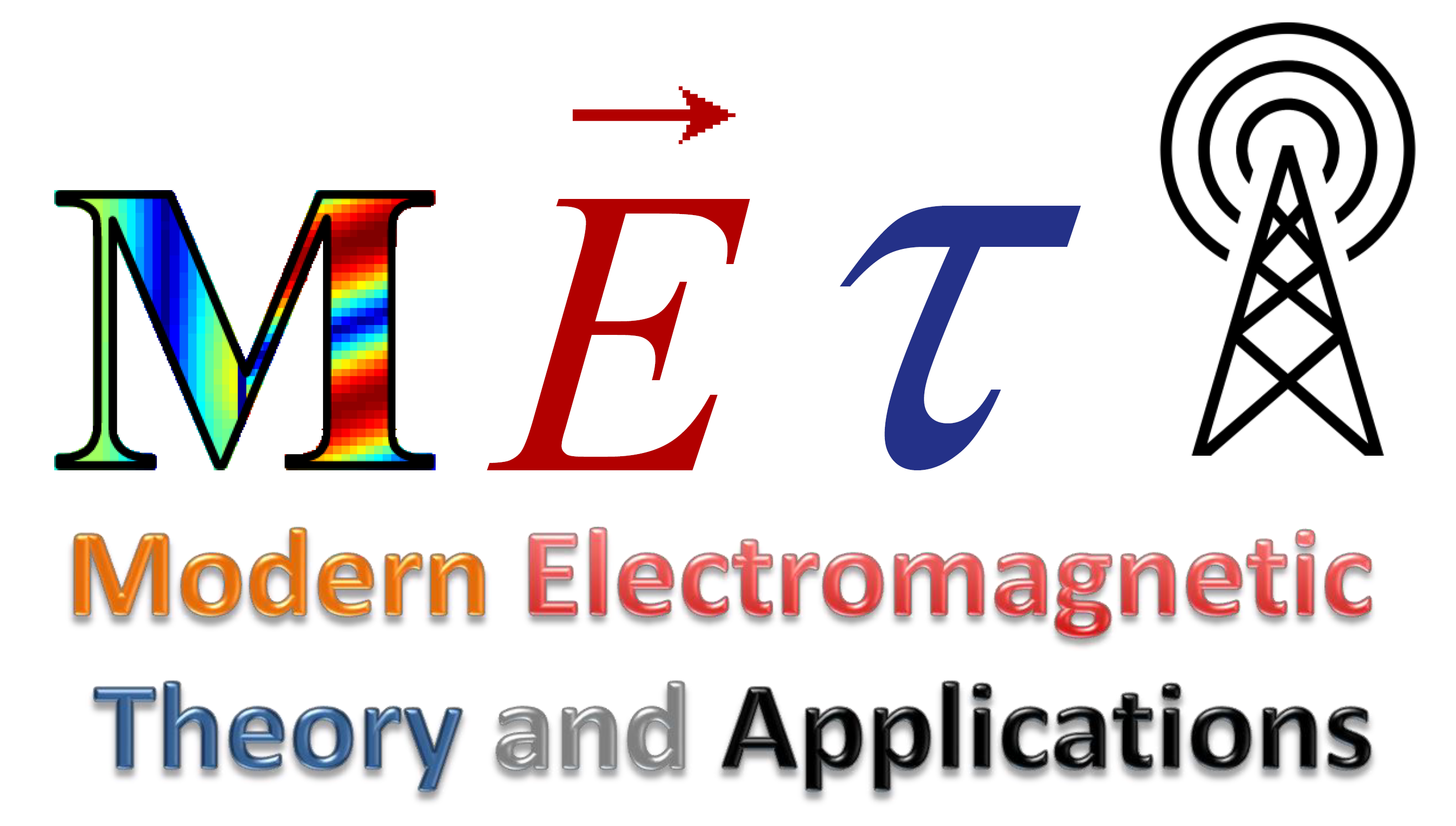Cavity-Excited Huygens’ Metasurface Antennas
One of the long-standing problems in antenna engineering is the realization of highly directive beams using low-profile devices. In our paper published in Nature Communications , we provided a solution to this problem by means of Huygens’ metasurfaces (HMSs), based on the equivalence principle. This principle states that a given excitation can be transformed to a desirable aperture field by inducing suitable electric and (equivalent) magnetic surface currents. Building on this concept, we proposed and demonstrated cavity-excited HMS antennas, where the single-source-fed cavity is designed to optimize aperture illumination, while the HMS facilitates the current distribution that ensures phase purity of aperture fields. The HMS breaks the coupling between the excitation and radiation spectra typical to standard partially reflecting surfaces, allowing tailoring of the aperture properties to produce a desirable radiation pattern, without incurring edge-taper losses. The proposed low-profile design yields near-unity aperture illumination efficiencies from arbitrarily large apertures.
The design is based on our previous work, where we have developed a systematic methodology that allows conversion of arbitrary source fields to directive radiation using a HMS. The key to achieve a realistic HMS design is to set the metasurface reflection coefficient such that the wave impedance of the total fields below and above the metasurface coincides, and the aperture fields such that the real power is locally conserved. Once the amplitude of the aperture fields is fixed following the latter condition, a linear phase can be superimposed on them to promote directive radiation. As the formulation is based on the spectral integrals of the fields, this scheme is very general and can be applied to almost any source configuration.
We have thus applied this design procedure to a cavity configuration, where a single source is surrounded by three perfect-electric-conductor (PECs) walls, covered by a HMS on top. By tuning the cavity source configuration as to predominantly excite the highest-order lateral fast mode, we have formed a very uniform aperture illumination (utilizing a proper reflection coefficient to satisfy local impedance equalization). Then, the metasurface is designed as to guarantee the phase-purity of the aperture fields.
As denoted, this solves a long-standing problem in antenna engineering, allowing generation of highly-directive beams from a low-profile structure using a single simple source and without incurring edge-taper losses. As verified by full-wave simulations and an experimental demonstration, this results in low-profile radiators with near-unity aperture illumination efficiency, not degrading even for very large apertures.
From a fundamental point of view, the ability of Huygens’ metasurfaces, designed following the equivalence principle, to introduce discontinuities to the electromagnetic fields, allows decoupling of the excitation and radiation spectra, which is crucial for achieving the demonstrated performance.




